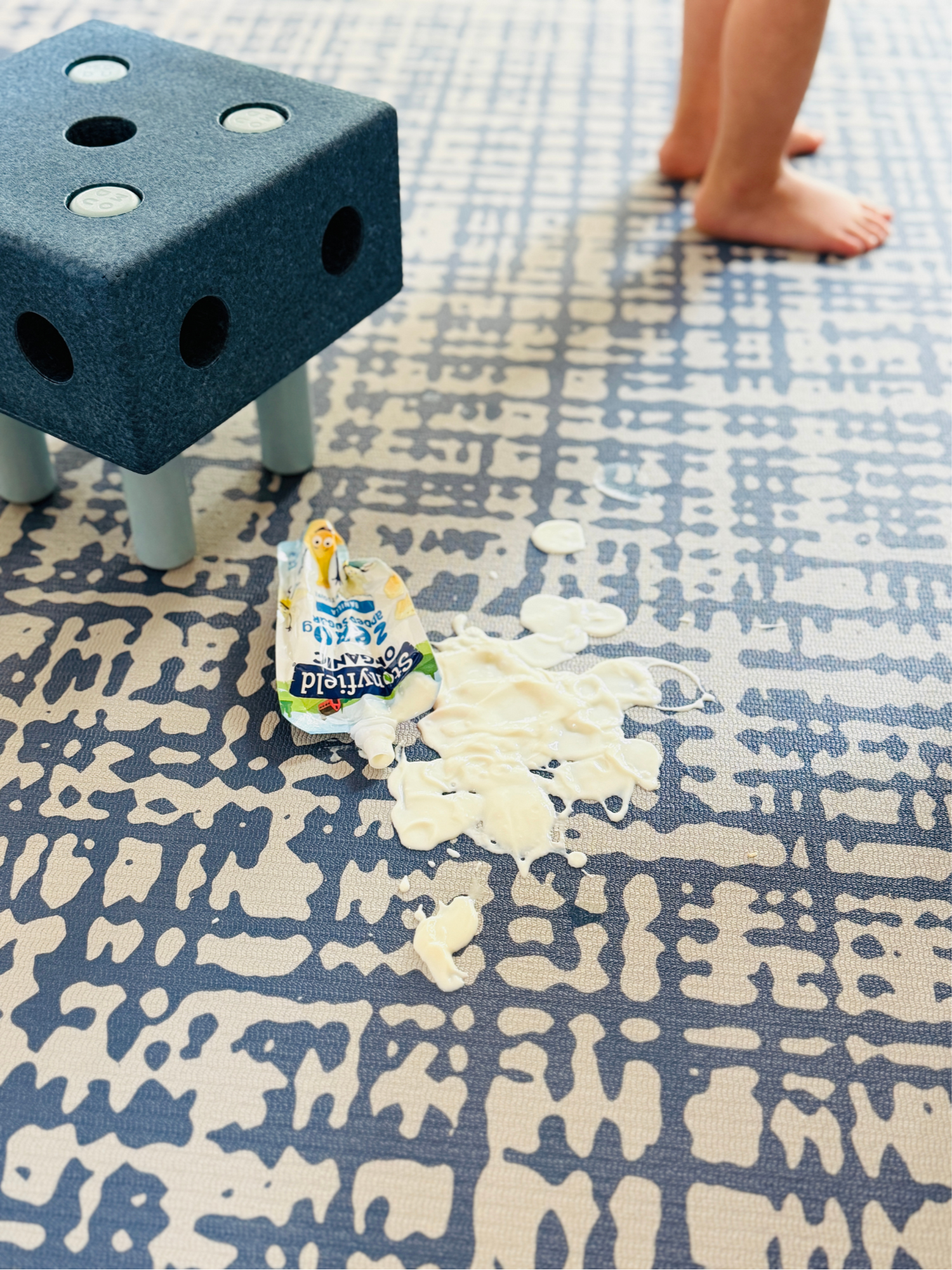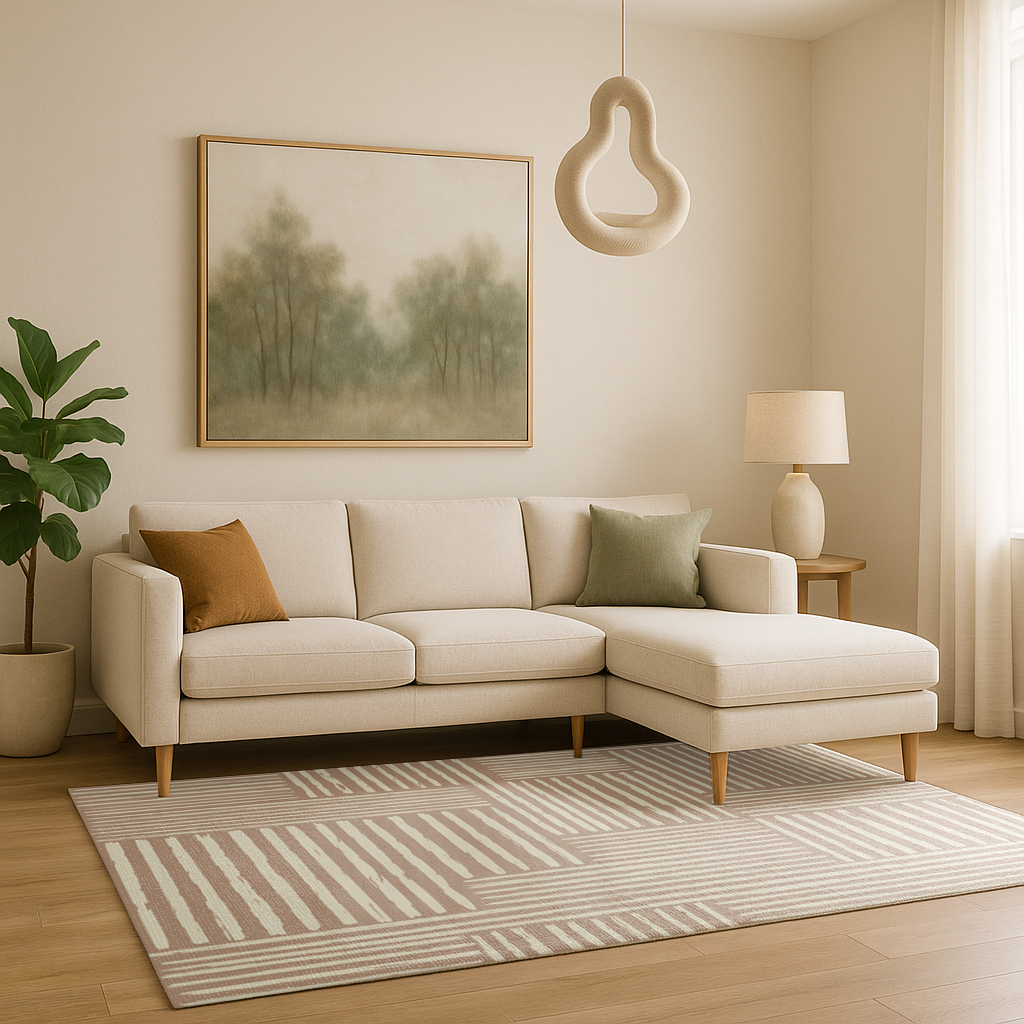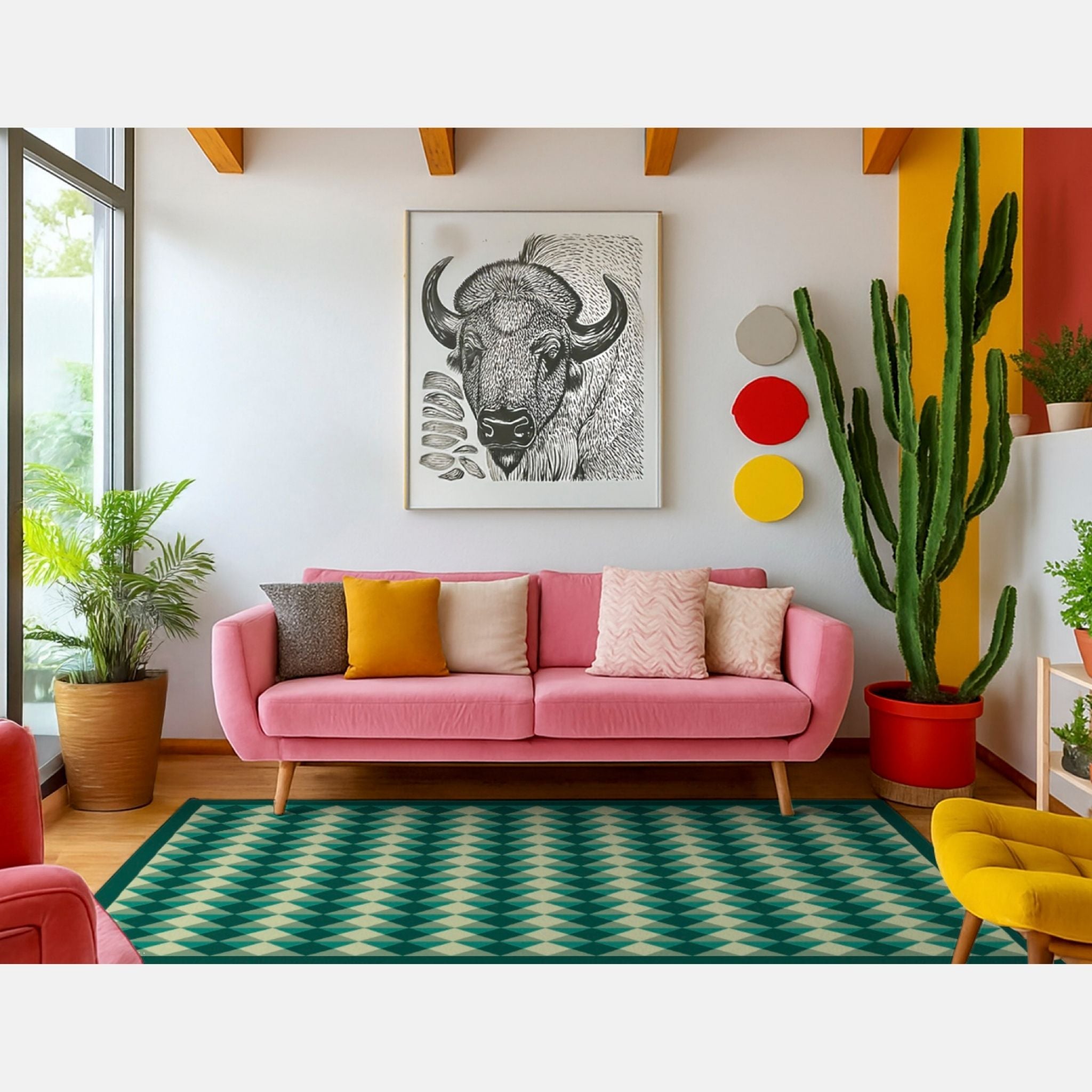What to Look for in a Home Workout Mat
More people are moving at home than ever before. Whether it's yoga in the living room, strength training during nap time, or stretching before bed, having a dedicated mat makes home workouts easier, more comfortable, and more consistent.
A good home workout mat gives you the support you need without taking over your space. It's not just about performance. It's about comfort, convenience, and finding something that fits your life.
Here’s what to consider when choosing a home workout mat that works for your routine and your space.
Cushion without compromise
When working out at home, you’re often on hard floors. A mat with the right amount of cushioning can protect your joints and make movement more comfortable. Too thin, and it feels harsh during core work or kneeling exercises. Too thick, and you may lose the stability needed for balance, planks, or lunges.
The ideal mat offers a balance of firm support and gentle impact absorption. It should be comfortable for everything from bodyweight circuits to Pilates, without making you feel like you're sinking into foam.
Space to actually move
Traditional yoga mats can feel cramped during workouts that involve side-to-side movement or full-body stretching. A slightly wider or longer mat allows for more freedom without having to reposition constantly. If you're doing workouts that involve dynamic moves, transitions, or working with equipment like resistance bands or light weights, a little extra room helps.
Extra-large mats also allow you to fully commit to the movement without stepping off the edge or adjusting after every set.
A surface that stays in place
Slippery mats are frustrating and can be dangerous. A home workout mat should grip the floor and stay put. You want a surface that provides enough traction to hold steady through sweatier sessions without sticking to your skin or limiting movement.
Look for a mat that stays flat and resists curling or sliding, especially on wood, tile, or laminate flooring.
Easy cleanup
At home, your workout space might double as your family room. A mat that wipes clean quickly helps you transition between uses without dragging out the vacuum or hiding the mat after every session.
Closed-cell surfaces are ideal for home use. They repel moisture and prevent buildup, which keeps your space cleaner and your mat fresher over time.
Safe materials for daily contact
Whether you’re doing floor-based exercises or stretching on your back, you spend a lot of time in close contact with your mat. It's worth choosing one made from materials that are free from harmful chemicals like BPA, phthalates, and flame retardants.
Safe materials matter even more if you’re sharing space with kids or pets. Look for third-party certifications when possible, or mats made with materials that meet European or indoor air quality safety standards.
A mat that fits into your home
A home workout mat doesn’t need to scream “fitness gear.” If you’re keeping it out in a shared space, a neutral or minimal design helps it blend in with your home rather than take it over. The more your mat fits your space visually, the more likely you are to leave it out, and that makes it easier to come back to your practice every day.























